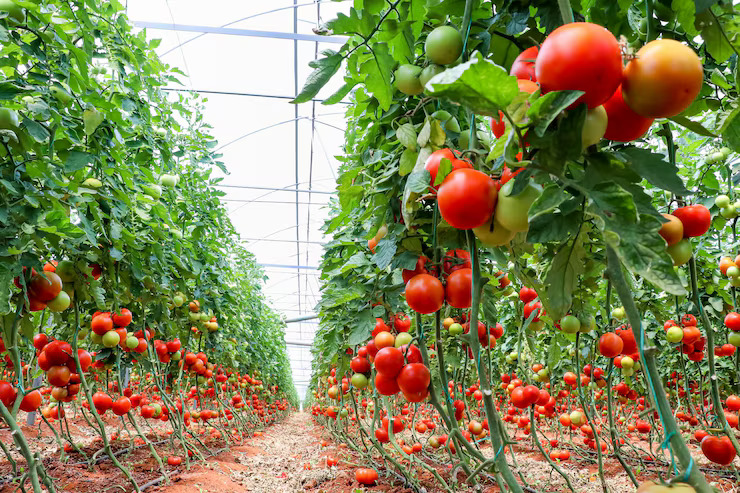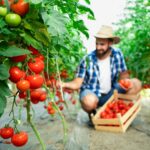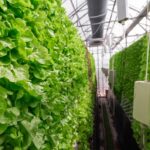Tomato farming is a popular and profitable agricultural venture worldwide. However, growers often face the crucial decision of choosing between greenhouse tomato farming and open-field cultivation. Both methods have unique advantages and challenges, and understanding these can help farmers optimize yields, quality, and profitability. This article explores the key differences between greenhouse and open-field tomato farming to help you decide which option suits your goals best.
Greenhouse tomato farming involves growing tomatoes in a controlled environment, such as glass or plastic structures. This method offers precise control over temperature, humidity, irrigation, and pest management, allowing for year-round production regardless of external weather conditions. Because of this control, greenhouse tomatoes typically have higher yields and better quality fruit, with fewer blemishes and diseases. Additionally, greenhouses protect plants from extreme weather events like heavy rain, hail, or strong winds that can damage crops in open fields.
In contrast, open-field tomato farming relies on natural conditions and outdoor soil. This traditional method is less capital-intensive, requiring lower initial investment compared to greenhouse structures and technology. Open-field tomatoes are usually grown seasonally and are subject to weather variability, which can affect yield and fruit quality. Pest and disease pressure tends to be higher in open fields, often necessitating more frequent pesticide applications.
One of the most significant advantages of greenhouse farming is the ability to produce tomatoes year-round. This continuous production allows farmers to supply markets even during off-seasons, often fetching premium prices. Greenhouses also use water more efficiently through drip irrigation systems and reduce water loss from evaporation. Furthermore, the closed environment helps reduce pest infestations and limits the need for chemical pesticides, promoting more sustainable farming practices.
On the other hand, open-field farming benefits from lower operational costs since there is no need for complex infrastructure or energy inputs for climate control. Open-field tomatoes may also appeal to consumers who prefer “naturally” grown produce. However, yields per hectare in open fields are generally lower and more variable due to dependency on weather and increased vulnerability to pests and diseases.
When considering profitability, greenhouse farming has higher upfront costs, including construction, heating, ventilation, and labor. However, these costs are often offset by higher yields, better fruit quality, and the ability to grow tomatoes year-round. Open-field farming has lower start-up costs but faces risks from unpredictable weather and fluctuating yields, which can impact income stability.
Sustainability is another important factor. Greenhouses can be designed to recycle water and nutrients efficiently and reduce pesticide use. Open-field farming relies heavily on natural rainfall and may require larger quantities of fertilizers and pesticides to manage soil fertility and pests.
The choice between greenhouse and open-field tomato farming depends on several factors such as budget, climate, market demand, and production goals. Greenhouse tomato farming offers higher and more consistent yields, better fruit quality, and year-round production but requires higher investment and management skills. Open-field farming is more accessible with lower costs but is subject to weather risks and typically produces lower yields. Farmers seeking long-term profitability and quality may prefer greenhouses, while those starting out or with limited capital might opt for open-field cultivation. Understanding these trade-offs will help you make an informed decision tailored to your unique farming context.
Join 'Farmers Mag' WhatsApp Channel
Get the latest Farming news and tips delivered straight to your WhatsApp
CLICK HERE TO JOIN






